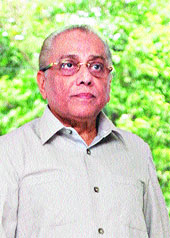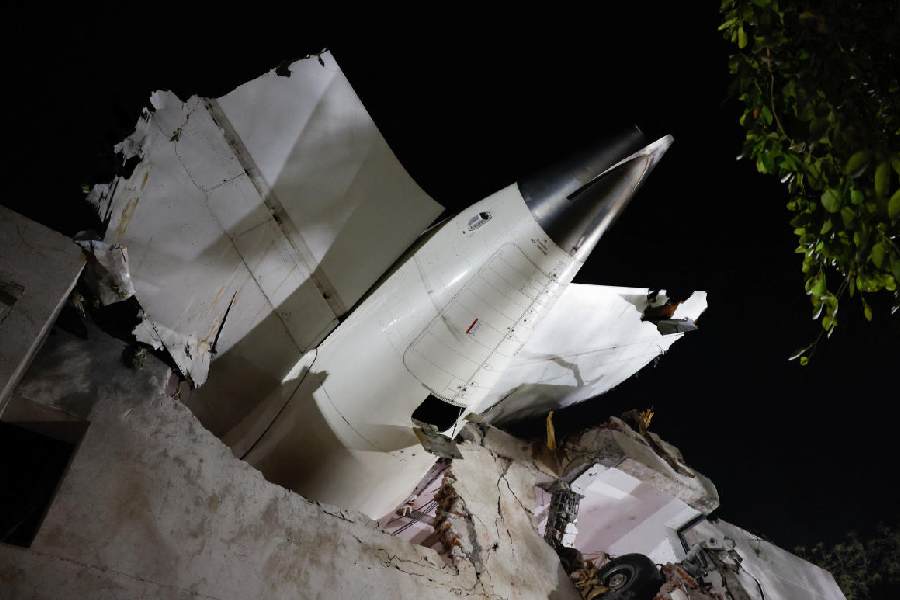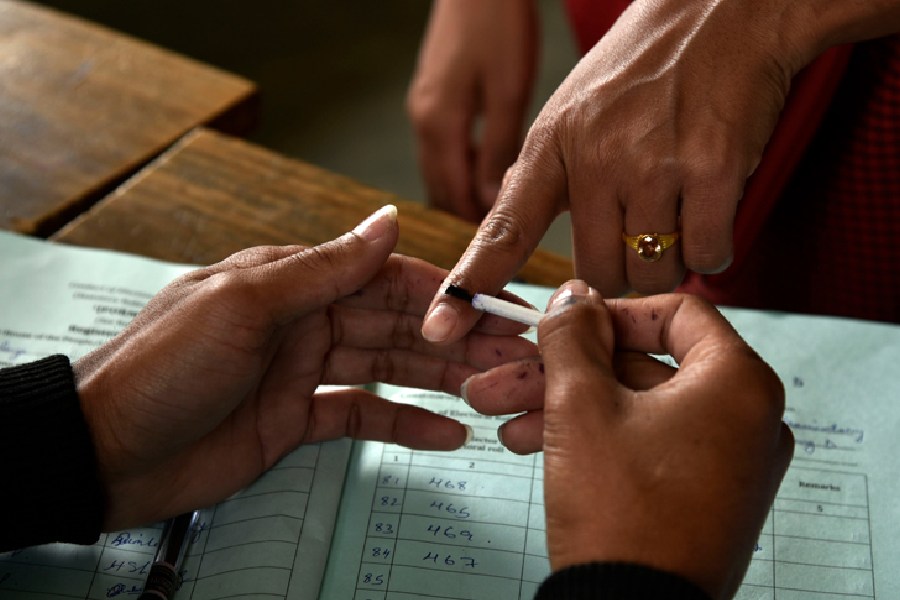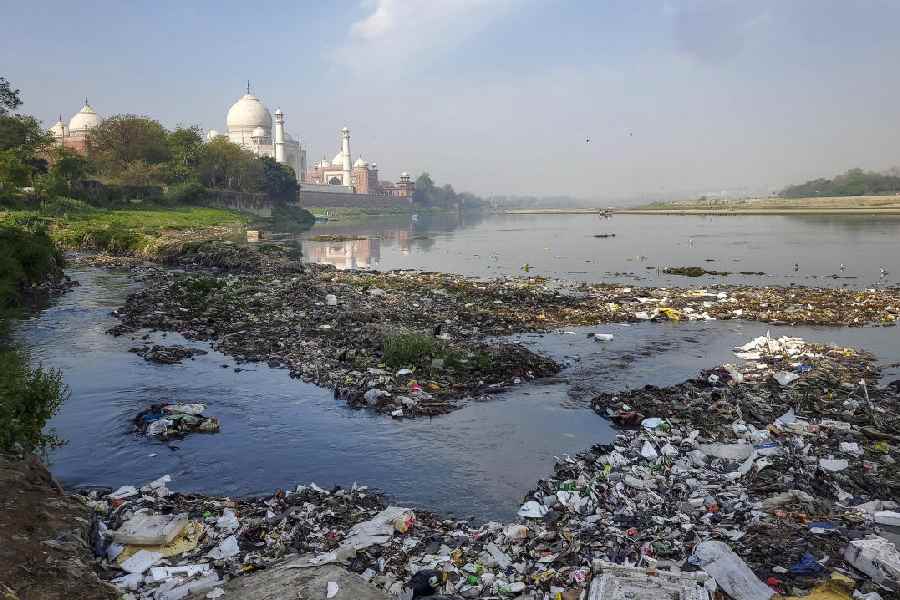 Budget preparation is a skill and in a critical financial situation it's a highly skilled job. Both receipts and expenditure need a careful adjustment with less political manoeuvring and more application of economy with objectives of creating assets, and marginalisation of non-plan outlay.
Budget preparation is a skill and in a critical financial situation it's a highly skilled job. Both receipts and expenditure need a careful adjustment with less political manoeuvring and more application of economy with objectives of creating assets, and marginalisation of non-plan outlay.
A state like Odisha does not have larger tax-base because of historical reasons. However, its non-tax field is adequate to play freely. In a federal financial system, the state usually receives support of central budgetary transfer on two accounts — tax share and grants — in different forms. But increasing dependence on central budget and decreasing own financial strength is the cause of major concern for budget makers. Again, 2015-16 state budget is likely to be influenced by the recommendations of the 14th Finance Commission.
On the financial front, Naveen Patnaik’s government deserves admiration for its fight against several economic
difficulties.
The debt burden, 364 days of wage and means and overdraft situation in a year, bankruptcy due to default against high scale guarantee, revenue deficit to the tune of Rs 2,800 crore, minimal untied resources, high pressure of non-plan expenditure, marginalised plan expenditure at the outset of Naveen’s first regime started melting from 2002-03 to 2006-07. Lot of fiscal reforms initiatives in 2002-03, 2003-04 and 2004-05 were the major instruments to fight against economic disasters.
But in 'the succeeding years, carelessness, mismanagement, ambitious programmes, and political whims upturned
the financial situation, admits a paper circulated by the state government.
Though the paper states that “the economic outlook for the year 2015-16 also is not very encouraging,” it goes on to blame the Centre for the change in economic situation, but at the same time it admits Odisha's too much dependence on central budgetary transfer.
The situation is more precarious and miserable on the state’s revenue front. Revenue deficit in relation to the gross state domestic product (GSDP) recovered from -5.48 per cent in 2001-02 to -0.67 per cent in 2004-05.
The state became revenue surplus in the next few years and the surplus rose to 3.28 per cent in 2007-08 and again started sliding to 1.15 per cent in 2013-14. Last year, the fiscal deficit became more and more negative.
In spite of tall claims of development in the state, the annual tax revenue collection rate has dropped and finally in this financial year the situation has became more miserable. Between 2002-03 and 2006-07, the rate of tax collection growth was between 17 to 26 per cent, which is as per the progressive rate of growth is only 14.8 per cent.
Similar is in the case of the state's non-tax revenue collection. Rather the position has worsened and collection registered a negative trend of -18.14 per cent till the end of November in 2014-15.
The capital outlay proportionate to the GSDP is also much below the expectation. Increasing the size of the budget is not always praiseworthy if it does not reflect increased capital outlay. Per capita plan outlay of Odisha is only Rs 14,065 as against Kerala's Rs 15,889. For Chattisgarh and Jharkhand the figure is Rs 32,807 and Rs 16,553, respectively.
When the state’s finance is passing through crisis, the budget maker needs to be more careful on the expenditure side.
The state budget has been funding 32 schemes in the name of “state initiatives” and “welfare measures”. Most of those are non-assets creating, non- productive, consumption-oriented, doubling or duplicating central schemes.
When the pre-budget paper expresses anxieties over slow revenue growth and transfer of money from the Centre, the budget for 2015-16 is to be designed wisely, and carefully with pragmatic approach than making it just an arithmetic of plus and minus and non-result oriented dream-paper.
Besides, decentralised district-level planning, clear visions, corruption free efficient and effective administration, are prerequisites to achieve budget objectives. Budget objectives are always weighed with its outcomes, not with jugglery and size.
(The author is a former finance minister of the state)










